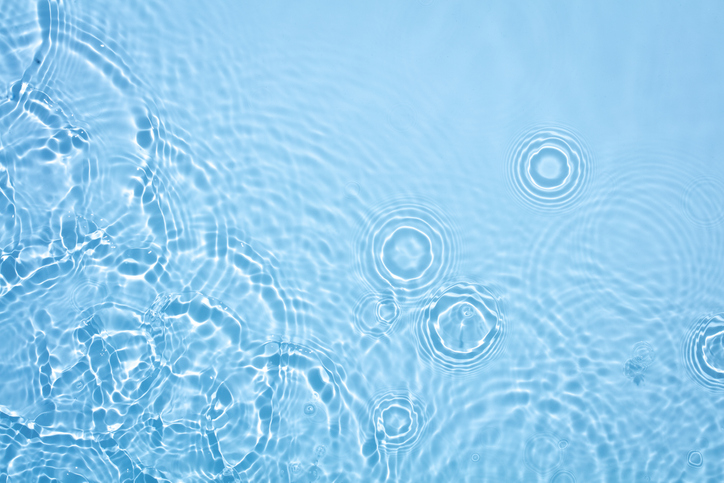Where does the water go?
WHERE DOES THE WATER GO?

Water can seep through any crack or crevice, no matter how small. Porous objects also absorb it and become soggy, rotten, and moldy over time. To make matters worse, water damage is often hidden from view, occurring behind walls or under floors. Detect structural damage before it’s too late by checking these places where water likes to hide.
- Under the windows: Rain can seep in around the window and trickle down the wall, eventually damaging wall studs and framing. Exterior wood windowsills are also prone to rotting.
- Around roof penetrations: Chimneys, vents, and exhaust fans that exit through the roof can develop leaks, causing water damage in the attic every time it rains.
- Behind the siding: Anywhere two siding panels meet, including at the corners and around windows, is liable to leak. The damage can remain hidden behind the siding for years.
- Behind exterior faucets: A leak here may send water running down the inside of the wall where it can do significant damage to the sheathing and framing before it’s discovered.
- Below the threshold: Has the metal threshold of your exterior doors started to loosen and wobble? This is a sign that the wood beneath them is rotting away due to water damage.
- Along the baseboards: If floodwater rises to floor level, the baseboards, drywall, and other building materials may be compromised. Replace them, even if the water subsides quickly and the wall looks fine.
- Beneath plumbing appliances: A leaky dishwasher, washing machine, or ice maker supply line can lead to hidden water damage beneath these plumbing appliances.
- Inside the air conditioner: AC units collect and drain condensed water as part of the dehumidification process. If the condensate line clogs or overflows, water damage and mold growth may occur inside the air conditioner.
- Next to the shower or bathtub: A little spill on the bathroom floor is nothing to worry about, but if water begins to pool beside the shower or tub, this could signal a leaky plumbing connection and rotting subfloor.
- Behind the bathtub or shower walls: Cracked caulk may allow water to leak behind the tile walls and damage the studs and framing.
- Under the toilet: Watch out for a wobbly toilet or spongy floor. These are signs of a broken wax ring between the toilet base and the drainpipe, which allows water to leak every time you flush.
- Below the sink: Slow drips are easy to miss—until a musty smell tells you something isn’t right. Check the cabinets below your kitchen and bathroom sinks often for signs of water damage.
Usually, by the time you discover a water leak, the damage is already done. Let DKI help you recover with professional water damage restoration. We clean and decontaminate the affected area, as well as remediate any mold growth that has developed. To learn more about our services, or to schedule water damage restoration
